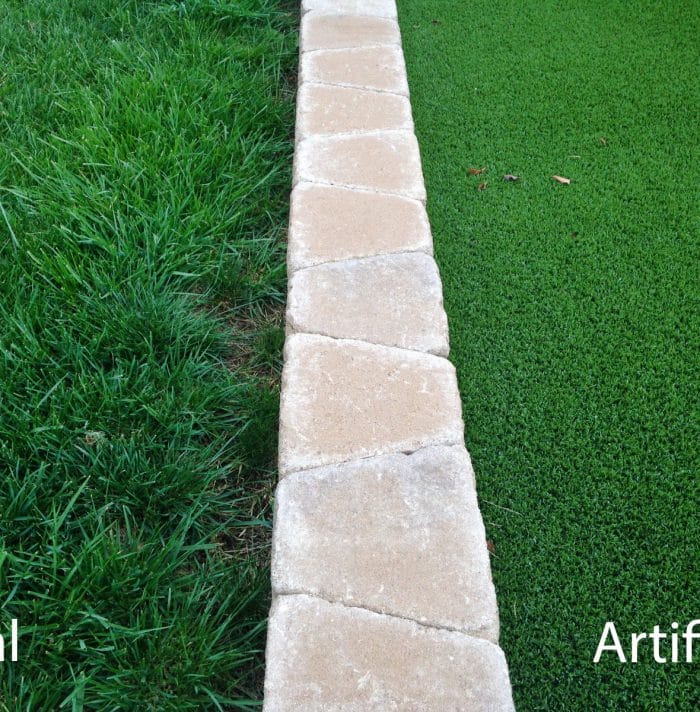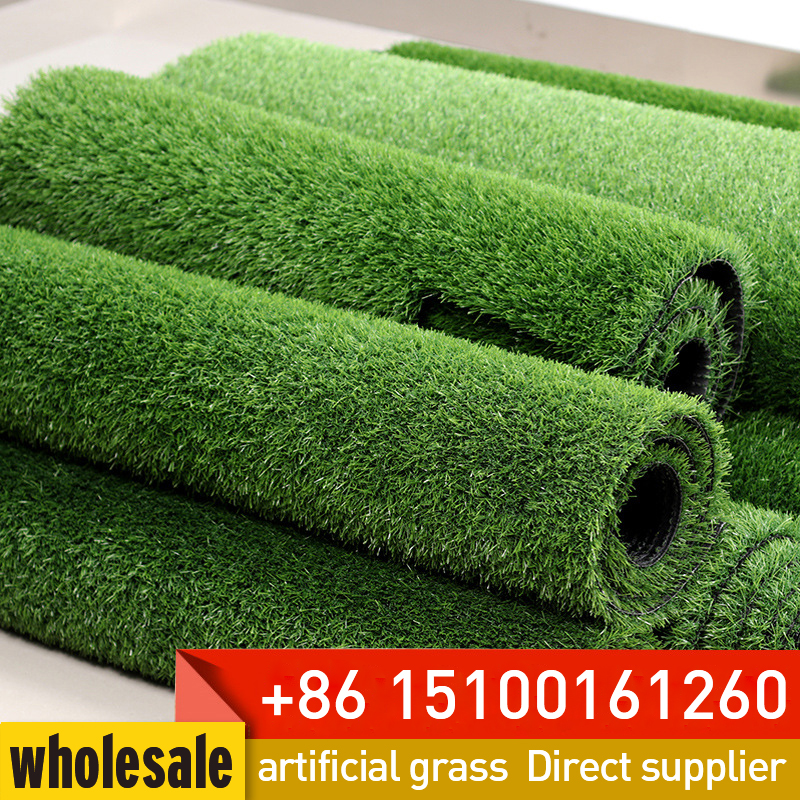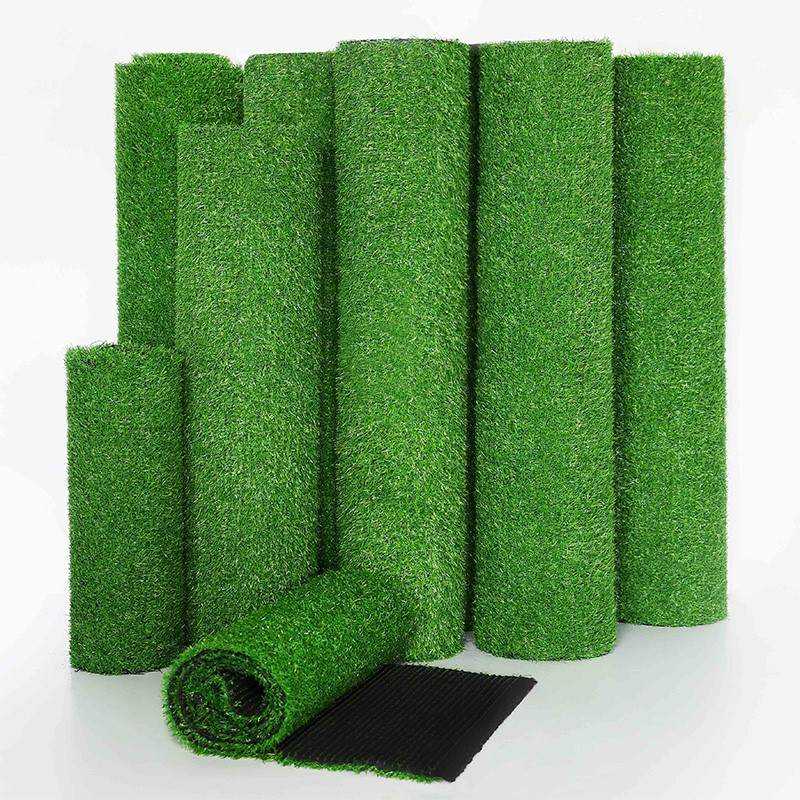
The debate between turf and natural grass fields has long been a subject of discussion, especially in sports and recreational settings. Each type comes with its own set of advantages and drawbacks, catering to different preferences and requirements. Let’s delve into the key factors to consider when deciding between a turf field and a grass field.
Performance and Playability:
Turf fields are renowned for their consistent playing surface, providing predictable ball bounces and footing. This consistency is advantageous for sports requiring speed and precise movements, such as soccer and football. Conversely, natural grass fields might vary in quality, affected by weather conditions, maintenance practices, and usage, leading to inconsistencies in play.
Maintenance and Durability:
Turf fields typically demand less maintenance than grass fields. Artificial turf requires periodic brushing, grooming, and occasional disinfection, whereas natural grass entails regular mowing, watering, fertilizing, and reseeding to maintain optimal conditions. Turf fields often endure heavy usage without significant wear and tear, whereas grass fields can deteriorate under intense activity or adverse weather, necessitating frequent repairs and reseeding.
Cost Considerations:
While the initial installation cost of turf fields tends to be higher than grass fields, their long-term maintenance expenses are generally lower. The cost of watering, fertilizing, mowing equipment, and labor for grass field upkeep adds up over time, while turf fields offer consistent maintenance costs.
Environmental Impact:
Grass fields are more environmentally friendly in terms of being a natural habitat for insects, birds, and microbes, contributing to local biodiversity. However, they consume substantial water resources and require chemical inputs for maintenance. In contrast, artificial turf conserves water, eliminates the need for chemical treatments, and prevents the emission of pollutants from lawnmowers.
Player Safety:
Turf fields provide a cushioned surface with shock-absorbing properties, reducing the risk of injuries from falls. However, concerns have been raised regarding the increased risk of certain injuries, such as abrasions and ligament strains, compared to grass fields. Proper maintenance and adequate infill help mitigate these risks.
Adaptability and Aesthetics:
Grass fields blend harmoniously with natural surroundings, offering a picturesque and inviting environment. On the other hand, turf fields provide a consistent, uniform appearance regardless of weather conditions, making them suitable for multipurpose use and events.
In conclusion, the choice between a turf field and a grass field depends on various factors, including intended use, maintenance capabilities, budget, environmental concerns, and player safety. Both options have their distinct advantages and disadvantages, so the decision should be based on careful consideration of these factors and aligning them with specific needs and priorities.










